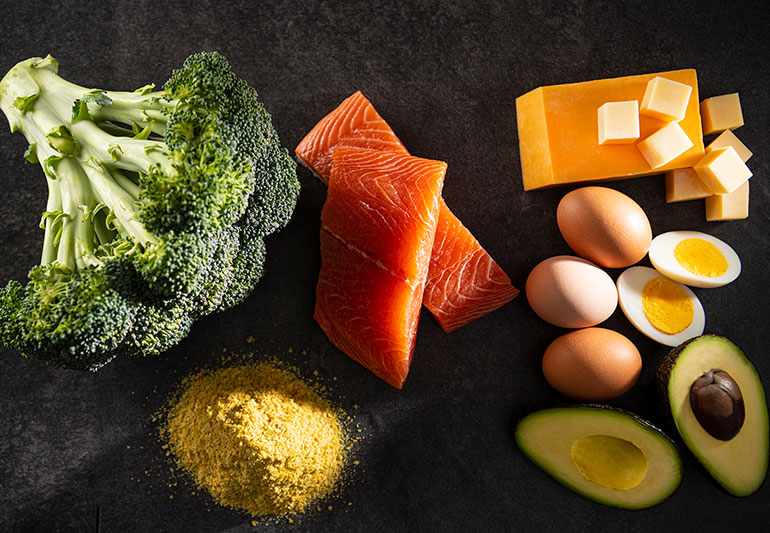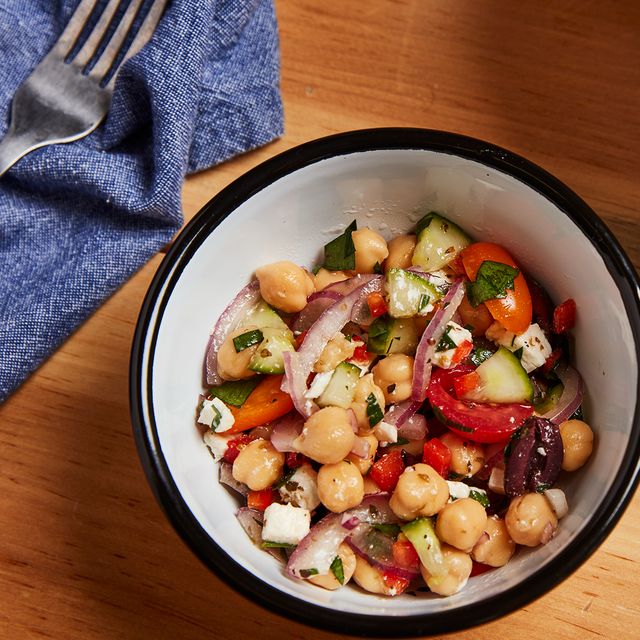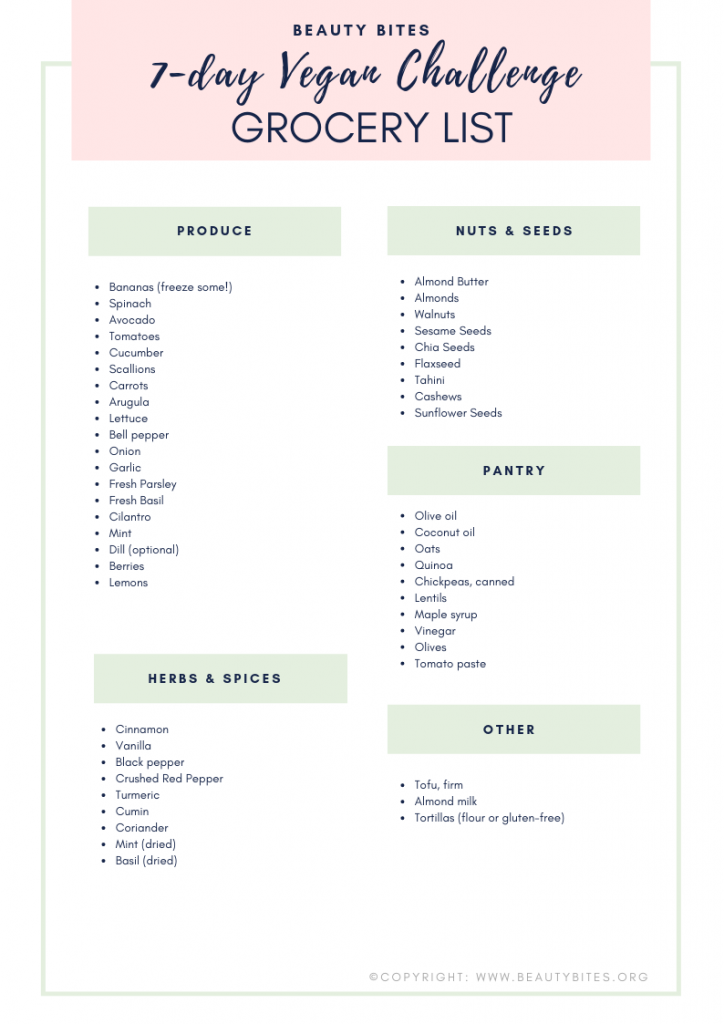
Veganism is a lifestyle based on vegetarianism. Vegans only eat plant-based food, including nuts, grains and legumes. Honey and eggs are not allowed. This diet provides maximum health and environmental benefits. If you feel ready, you may be able to transition to a vegetarian lifestyle after your pregnancy.
Benefits of a vegan diet
The body will experience less inflammation when eating a vegan diet. Studies show that vegan diets can improve intestinal wellness. This can be achieved by increasing your fiber intake. A good source of fiber is fruit and vegetables. Flaxseed, for example, is an excellent source of fiber. It also contains omega-3 fatty acids and protein. In addition, a vegan diet helps to maintain your digestive health by reducing inflammation and food sensitivities.
You can increase your protein intake by adding soy products into your diet. These are great meat substitutes, and they are packed with protein. Mycoprotein is a protein found in soy products. It's the same as chicken. Some of your protein can be found in beans, lentils, and even chia seed. Quinoa also has a small amount.

Environmental benefits of a vegan lifestyle
There are many environmental benefits to living a vegan lifestyle. For one thing, it helps preserve the world's water resources. The management of livestock accounts for around 30 percent worldwide's freshwater. The Water Footprint website estimates that vegans use approximately half the amount of water required to produce the same level of protein as animals. Vegan diets can help conserve wildlife habitats and water.
The greenhouse gases produced by dairy products and meat are significant. Methane has a potency that is approximately 80 times greater than carbon dioxide. Methane decays rapidly and doesn't have as long of a life span as CO2. It is therefore important to switch to a vegan diet in order for the earth's water resources and the atmosphere not only to preserve them but also to conserve their environment.
The vegan diet helps to preserve a balanced ocean ecosystem. It also reduces demand for fish all over the globe. Veganism also reduces pollution due to livestock feed. Some livestock feeds are contaminated with antibiotics and chemicals that can pose a threat to the environment. Industrial wastes are another contributor to water pollution. Water pollution is increasing due to increased demand for animal products and meat. This pollution can be eliminated by going vegan. It will reduce the amount of food that is produced and the water used.
Transitioning to a Vegan Lifestyle after a Pregnancy
These are some important things to remember if you're thinking of changing to veganism after giving birth. First, you should go slowly. To avoid burnout, don't rush. Instead, make small changes and slowly phase out dairy and meat products. Start by reducing red meat, pork, as well as other animal products, one at a. Ideally, you should start with lean proteins and gradually replace them with plant-based alternatives.

A vegetarian diet is one that eliminates animal products. Vegetarians also have lower rates for diabetes, hypertension and ischemic cardiovascular disease. They also have lower body mass and overall cancer rates. In addition, vegetarians should take extra care of their mental health after pregnancy, as they are more prone to depression.
FAQ
Get immune enhancement with herbs and supplements
It is possible to boost immune function by using herbs and natural remedies. Examples include ginger, garlic and oregano, echinacea, vitamin C, ginkgo Biloba, and echinacea.
These herbal remedies should not be used in place of conventional medical treatment. These herbal remedies can cause nausea, diarrhea and stomach cramps. They can also cause dizziness, headaches, dizziness, allergic reactions, and stomach pains.
How can I live the best life possible every day?
To live a happy life, the first step is to discover what makes you happy. Once you have a clear understanding of what makes you happy you can go backwards. Asking others about their lives can help you to see how they live the best life possible.
You can also read books like "How to Live Your Best Life" by Dr. Wayne Dyer. He talks about how to find happiness and fulfillment at all stages of our lives.
How does weight change with age?
How can I tell if my bodyweight changes?
When there is more muscle mass than fat, weight loss can occur. This means that daily energy needs must be greater than the calories consumed. Reduced activity is the leading cause of weight gain. Others include pregnancy, hormonal imbalances or certain medications. Weight gain occurs when there is more fat than muscle mass. It happens when people eat more calories than they use during a given day. Overeating, increased physical activity and hormonal changes are all common reasons.
We eat less calories than we burn, which is the main reason our bodies lose weight. By exercising regularly, our metabolism rates increase which in turn burns more calories during the day. But this doesn't guarantee that we'll lose weight. The important thing is to see if we're losing or gaining muscles. Weight loss is possible if you burn more calories than you consume. But if we're consuming more calories than we're burning, then we're actually storing them as fat.
As we age, we become less agile and don't move as often. We also tend not to eat as much food as we used to when we were younger. As a result, we gain weight. However, our muscle mass is more important than our actual size.
Without weighing yourself each week, there is no way to know how much weight you have lost. There are many ways to determine your weight. You can measure your waist, your hips and your thighs. Some prefer to use bathroom weights, others prefer tape measure.
You can track your progress by weighing yourself at least once per week and measuring your waistline every month. You can also take images of yourself every few weeks to see how far it has come.
You can also find out how much you weigh by looking up your height and weight online. If you are 5'10" tall, and you weigh 180 lbs, then you would probably weigh 180 lbs.
Do I need calories to count?
You may be wondering "what is the best diet for you?" or "is counting calories necessary?" This depends on several factors like your current health and personal goals. Your preferences and overall lifestyle.
The Best Diet for me - Which One Is Right for You?
The best diet depends on me, my health, my goals, my lifestyle, and my preferences. There are many options, both good and bad. Some diets work better than others. What can I do to make the right choice? How do I make the right decision?
This article aims at answering these questions. It starts with a brief introduction of the different types of diets available today. Next, we'll discuss the pros and cons for each type of diet. Then, we will discuss which diet is the best.
Let's look at some of the main types of diets to get started.
Diet Types
There are three main types. Low fat, high protein, or ketogenic. Let's discuss them briefly below.
Low Fat Diets
A low-fat diet restricts fat intake. This is done through reducing the intake of saturated fats (butter, cream cheese, etc.) These fats can be replaced with unsaturated fats like avocados and olive oil. A low fat diet is often recommended for those who want to lose weight quickly and easily. However, this kind of diet may cause problems such as constipation, heartburn, and indigestion. If a person doesn’t receive enough vitamins from their foods, this can lead to vitamin deficiency.
High Protein Diets
High protein diets reduce carbohydrates to favor of proteins. These diets typically have more protein than other diets. They can help you build muscle mass, and also burn more calories. One problem is that they may not provide adequate nutrition to someone who needs it. They can be quite restrictive and are not recommended for everyone.
Ketogenic Diets
The ketogenic diet is also known by the keto diet. They are high in fat and moderate in protein and carbs. They are commonly used by athletes and bodybuilders as they allow them to train harder, longer and without feeling fatigued. However, they must be used with caution to avoid nausea, headaches and fatigue.
What is the working principle of an antibiotic?
Antibiotics are drugs that destroy harmful bacteria. To treat bacterial infections, antibiotics are used. There are many options for antibiotics. Some can either be administered orally, while others may be injected. Other antibiotics can also be applied topically.
People who have been exposed are often given antibiotics. If someone has chicken pox, they might need to take an oral antibiotic in order to prevent shingles. For those with strep-thorphritis, an injection of penicillin could be given to prevent them from getting pneumonia.
Children should not be given antibiotics without the consent of a doctor. Children are at greater risk than adults for developing serious side effects from taking antibiotics.
The most common side effect of antibiotics is diarrhea. Other possible side effects include stomach cramps, nausea, vomiting, allergic reactions, headaches, dizziness, and rashes. These side effects usually disappear once treatment has ended.
How do you measure body fat?
A Body Fat Analyzer is the best way to measure body weight. These devices are used to determine the body's percentage for people who want weight loss.
What's the problem with BMI?
BMI is the acronym for Body Mass Index. It measures body fat based upon height and weight. The following formula can be used to calculate BMI.
Divide the weight in kilograms by the height in meters squared.
The result is expressed as a number from 0 to 25. A score greater than 18.5 is considered overweight. A score greater than 23 is considered obese.
A person who weighs 100 kg and has a height of 1.75 m will have a BMI of 22.
Statistics
- In both adults and children, the intake of free sugars should be reduced to less than 10% of total energy intake. (who.int)
- The Dietary Guidelines for Americans recommend keeping added sugar intake below 10% of your daily calorie intake, while the World Health Organization recommends slashing added sugars to 5% or less of your daily calories for optimal health (59Trusted (healthline.com)
- WHO recommends reducing saturated fats to less than 10% of total energy intake; reducing trans-fats to less than 1% of total energy intake; and replacing both saturated fats and trans-fats to unsaturated fats. (who.int)
- According to the 2020 Dietary Guidelines for Americans, a balanced diet high in fruits and vegetables, lean protein, low-fat dairy and whole grains is needed for optimal energy. (mayoclinichealthsystem.org)
External Links
How To
How to keep motivated to eat healthy and exercise
Motivation tips for staying healthy
Motivational Tips to Stay Healthy
-
Write down your goals
-
Set realistic goals
-
Be consistent
-
When you achieve your goal, be kind to yourself
-
Don't give up if you fail at first
-
Have fun